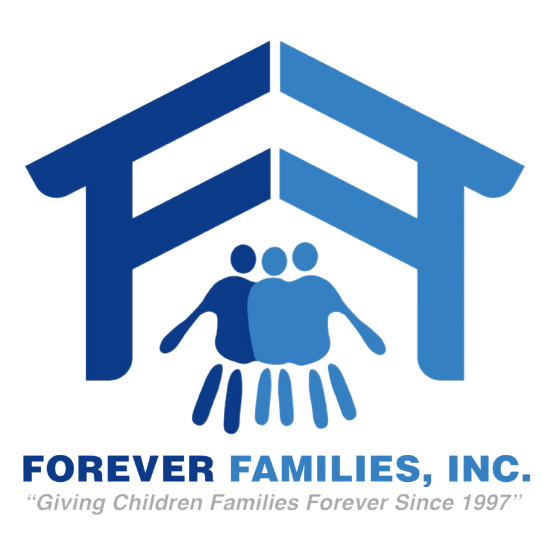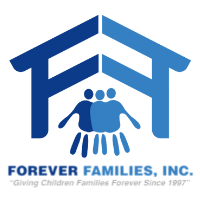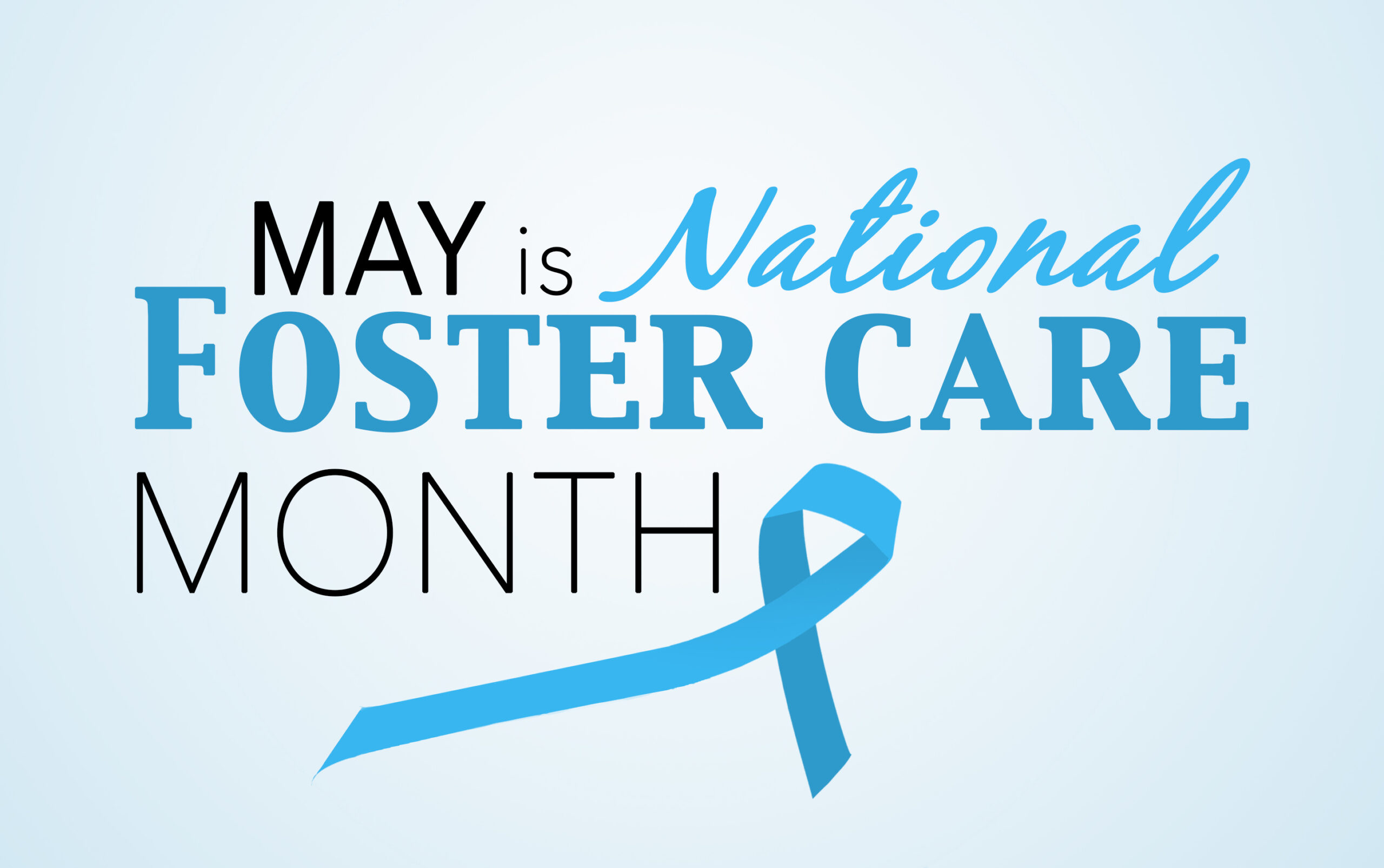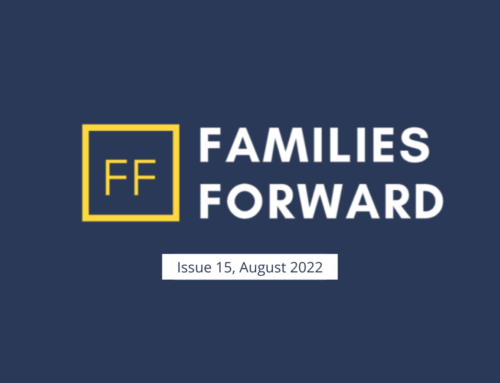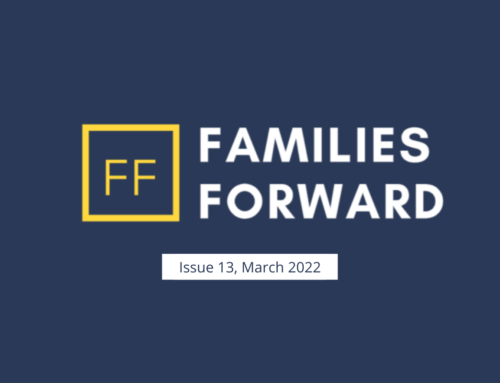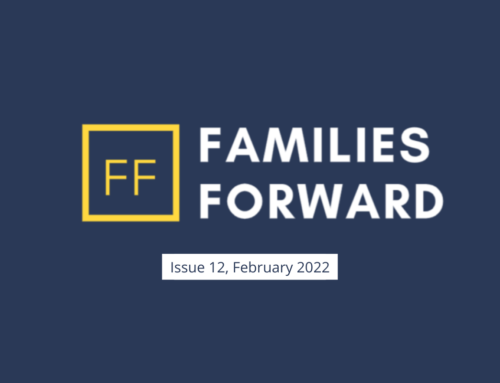What is foster care?
According to childwelfare.org, foster care is a temporary service provided by states for children who cannot live with their families. Children in foster care may lie with relatives or with unrelated foster parents. It can also refer to group homes, residential care facilities, emergency shelters, and supervised independent living.
Why do children enter foster care?
Children enter foster care due to being neglected or abused.
Facts and stats:
Dr. Dena Nazer MD FAAP, (Medical director of Kids Talk at Children’s Advocacy Center and Associate Professor of Pediatrics at Wayne State University) presented “Child neglect- it takes a village to neglect a child” and “Child physical abuse: bruises, burns, and broken bones.” Here are some highlights below to help us better understand neglect and abuse.
- Statistics published January 2022 (from Oct 2019- Sept 2020)
- 76.1 % of victims are neglected
- 16.5% are physically abused
- 9.4% are sexually abused
- .2% are sex trafficked
- Children under one year of age, and medically fragile children are most vulnerable and at a higher risk of maltreatment
- Of the children who dies, 73.7% suffered neglect and 42.6% suffered physical abuse either exclusively or in combination with another maltreatment type
NEGLECT
- Definition: when a child’s basic needs are not met, regardless of the reason
- Basic needs: home, food, clothing, utilities, health care, structure, social and emotional support, stimulation, instruction, education, safety- supervision/monitoring, social connectedness
- Neglect is the most common type of maltreatment
- Types of neglect are medical, supervisional, physical, and educational
- Blame is often put on the caregiver(s), but “it takes a village to neglect a child.” We are all responsible for the children we come into contact with- parents, relatives, neighbors, doctors, teachers, etc. should contact CPS if they suspect abuse or neglect of a child.
- Causes of neglect can include
- lack of knowledge
- lack of understanding
- cultural/religious issues
- insurance
- transportation
- learning disability of caregiver
- mental health issues
- distrust of the system
ABUSE
- Definition: harm or threatened harm to a child’s health or welfare that occurs through non-accidental physical or mental injury, sexual abuse, sexual exploitation, or maltreatment by a parent, legal guardian, or any other person responsible for the child’s health or welfare.
- Types of abuse are physical, sexual, emotional abuse
- Inflicted physical injury most often represents unreasonable, severe corporal punishment or unjustifiable punishment
- Risk factors for abuse:
- Parental- substance abuse, mental illness, interpersonal violence, single parent and/or teen parent, a nonrelated adult in the home
- Child- prematurity, low birthweight, intrauterine drug exposure, developmental and physical disabilities. Most significant is age of the child.
- Social- social isolation, poverty, lower levels of education, and large family size
- Can be difficult to recognize inflicted injury, not all bruises or marks are intentional
- Must be determined by a medical evaluation which includes
- History
- Physical examination
- Lab testing
- Imaging studies
- Treatment planning
- Report suspected child abuse
- TEN-4-FACESp Rule
- TEN– Torso, Ears, Neck should never be bruised
- 4 months and younger should not have any bruise, anywhere
- FACES– Frenulum, Angle of Jaw, Cheeks, Eyelids, Subconjuntivae should not be bruised
- Patterned bruising –bruises in specific patterns like slap, grab, or loop marks (or distinct object like an iron)
- Most burns occur in children ages 2-4
- Most frequently inflicted burn is scalding by immersion
- Multiple fractures are found in 43% of abused children
- There are several different types of bone fractures
- A complete skeletal survey is mandatory in children under 2 years when abuse is suspected and includes 19 different views
“Every child needs a safe, stable, nurturing village.” You are part of that village. If you ever suspect abuse or neglect, report it to Child Protective Services so they can perform a thorough investigation to determine the cause and help the family and child! Centralized Intake: 1-855-444-3911
